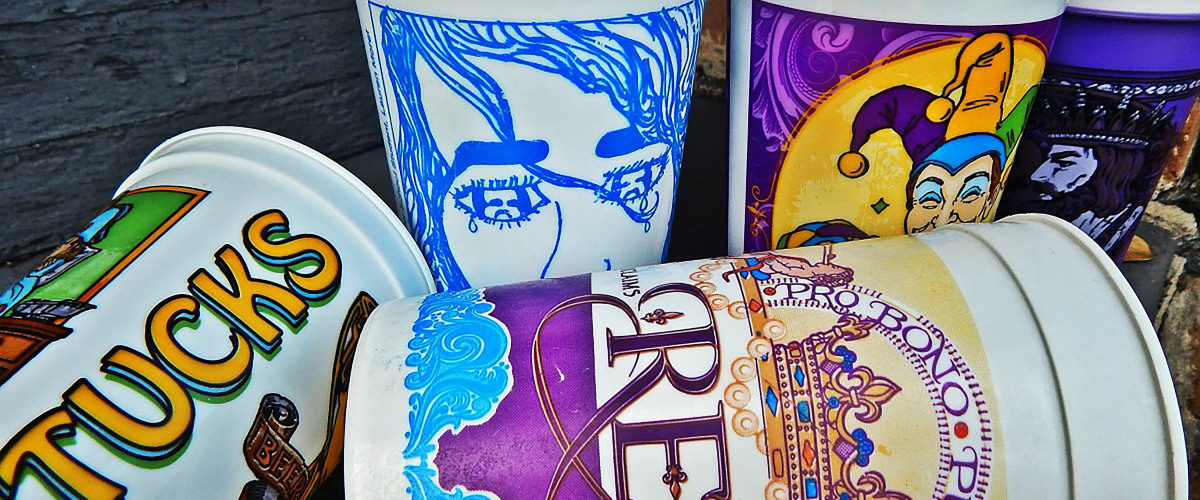Text
When did you see a ghost?
Most unbelievable story that happened was in 2020, there were a couple other related encounters in the same time frame, 2016, 2018, in that range.
Briefly describe the experience?
Our house was built in 1865 in New Orleans, so it was very old and some interesting people had lived there. There was an author who wrote the book The Moviegoer, a troubled photographer as well. It had also been an old farm cottage, so we found cow teeth in the backyard.
This time in particular, the one in 2020, my mom and I were sitting in the front room on the couch, no one is sitting at the piano, and the piano plays two keys, boop boop. We looked at each other and made eye contact. I thought, “Maybe a lizard fell into the piano or something? Maybe something is in the box?” Then it happened again, and we could both see the keys be depressed. I looked at my mom after it and audibly gasped.
How did it make you feel?
Made me feel pretty euphoric, and we kept laughing and going what the hell. It was pretty cool. It’s cool to see something you can’t explain. Didn’t feel fearful. Felt like a nice presence.
Why did it feel nice?
The piano keys that were played were in the higher register. If the piano keys were lower it may feel me worse, but the auditory element of it wasn’t ominous. Also the history of the house with those that lived there we’re proud of, so my mom would say, “Oh its Walker Percy saying hi.”
Do you believe in ghosts after this happened?
Agnostic toward ghosts. Don’t believe at all in the sense of spooky movie ghosts and looking like a white sheet, but maybe something is out there.
Do you think growing up in NOLA made it more likely for you have a supernatural encounter?
You hear a lot about supernatural experiences, like ghost stories are popular. I had friends who worked in old house restorations and they had a ton of stories about weird movement in light or seeing odd things there.
Tell me about the other related incidents you had discussed:
Children’s piano, little stool, put it in the attic and there were times where we’d hear the baby piano playing in the attic. Consecutive notes that sounded melodic together. It was an actual piano, so more odd than a machine of some kind.
Context
This girl is a friend of mine who grew up in New Orleans, and this is her story. I’d been told it once by her mom, but given this happened to both of them, it belongs to them both. She interprets the story well, which my question led her to analyze a little bit. The story took place in 2020, but she said there were multiple occurrences of strange piano stuff happening in her house.
My analysis
MG is not a very spiritual person, nor is she someone who I believe to be susceptible to psychosis, especially with this being something both her mother and her witnessed simultaneously. I think the odds are strong this both happened, and is unexplainable with the evidence we have from the story. There is value here in that it happened in a historical house, to two individuals at a time, and in a place we think of as being more likely to be haunted, that being New Orleans. I think the most interesting part of the interview is her positive experience with the ghost. I think most people experience the paranormal negatively because it’s something out of the realm of their understanding. She didn’t, and the explanation of the notes being more high pitched causing the experience to be less foreboding makes sense.

